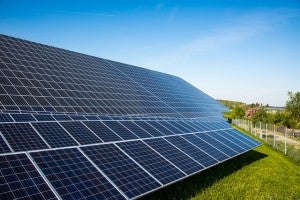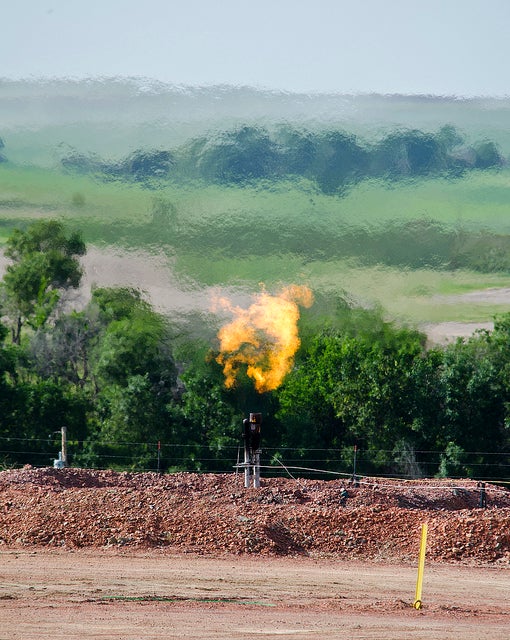 Revolutionary paradigm shifts often require cohesive development of many moving parts, some of which advance more quickly than others in practice. Germany’s revolutionary Energiewende (or “energy transition”) is no exception. Set to achieve nearly 100 percent renewable energy by 2050, Germany’s Energiewende is one of the most aggressive clean energy declarations in the world. While growth of Germany’s installed renewables capacity has been explosive in recent years, optimization measures designed for Energiewende have manifested at a relatively slow pace.
Revolutionary paradigm shifts often require cohesive development of many moving parts, some of which advance more quickly than others in practice. Germany’s revolutionary Energiewende (or “energy transition”) is no exception. Set to achieve nearly 100 percent renewable energy by 2050, Germany’s Energiewende is one of the most aggressive clean energy declarations in the world. While growth of Germany’s installed renewables capacity has been explosive in recent years, optimization measures designed for Energiewende have manifested at a relatively slow pace.
Germany already has one of the most reliable electric grids in the world, but as implementation of Energiewende continues, optimization will be key to its future success. This will require better sources of backup generation to accommodate the intermittency of wind and solar, a dynamic energy market that ensures fair compensation for this backup, and a more flexible, resilient grid enabled by smart grid technologies to fully optimize demand side resources and a growing renewable energy portfolio. Read More














